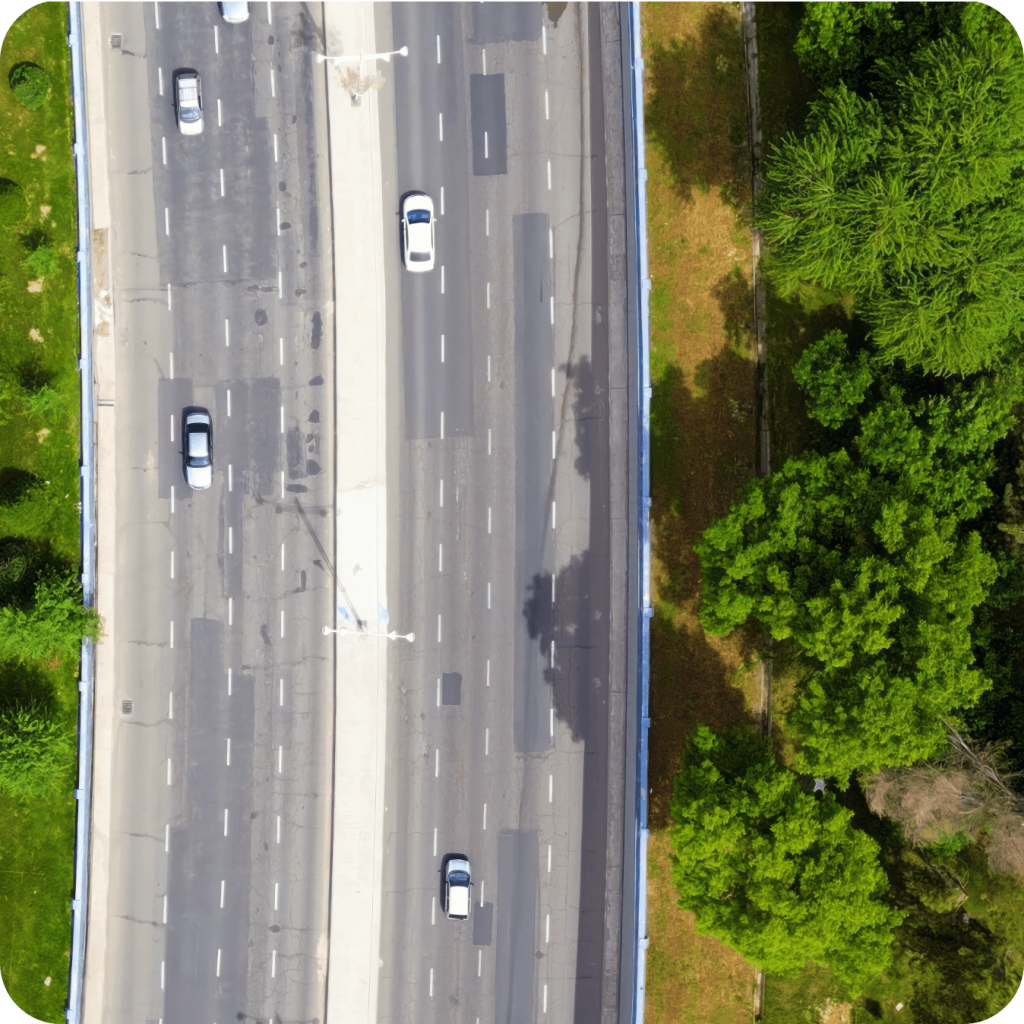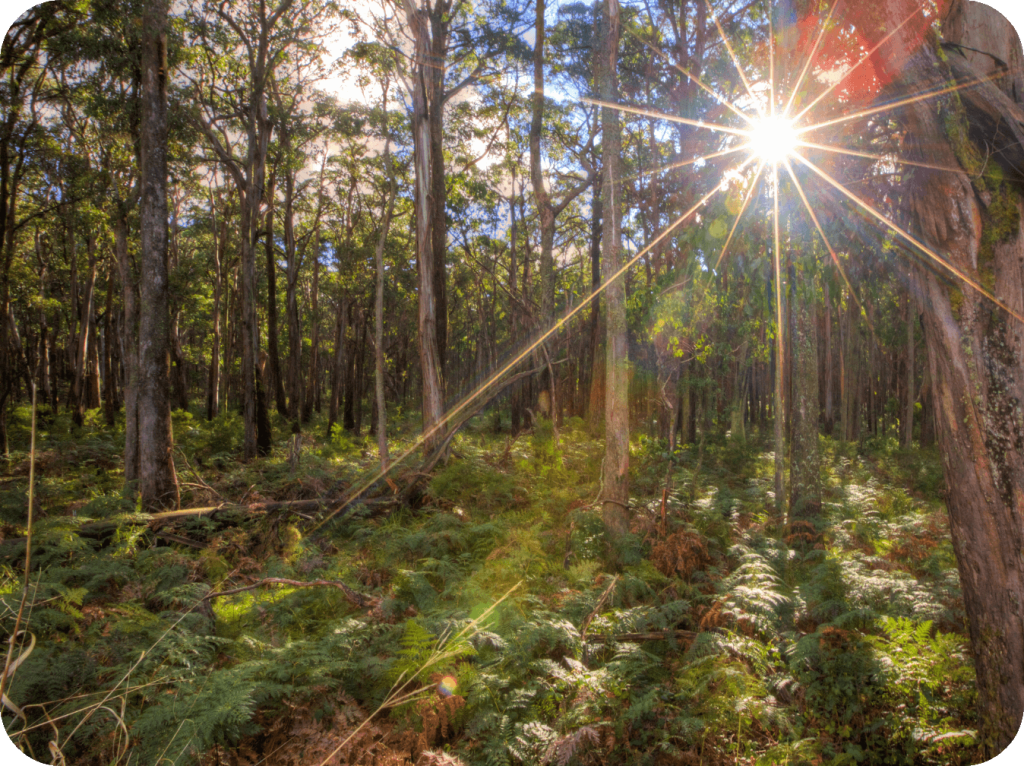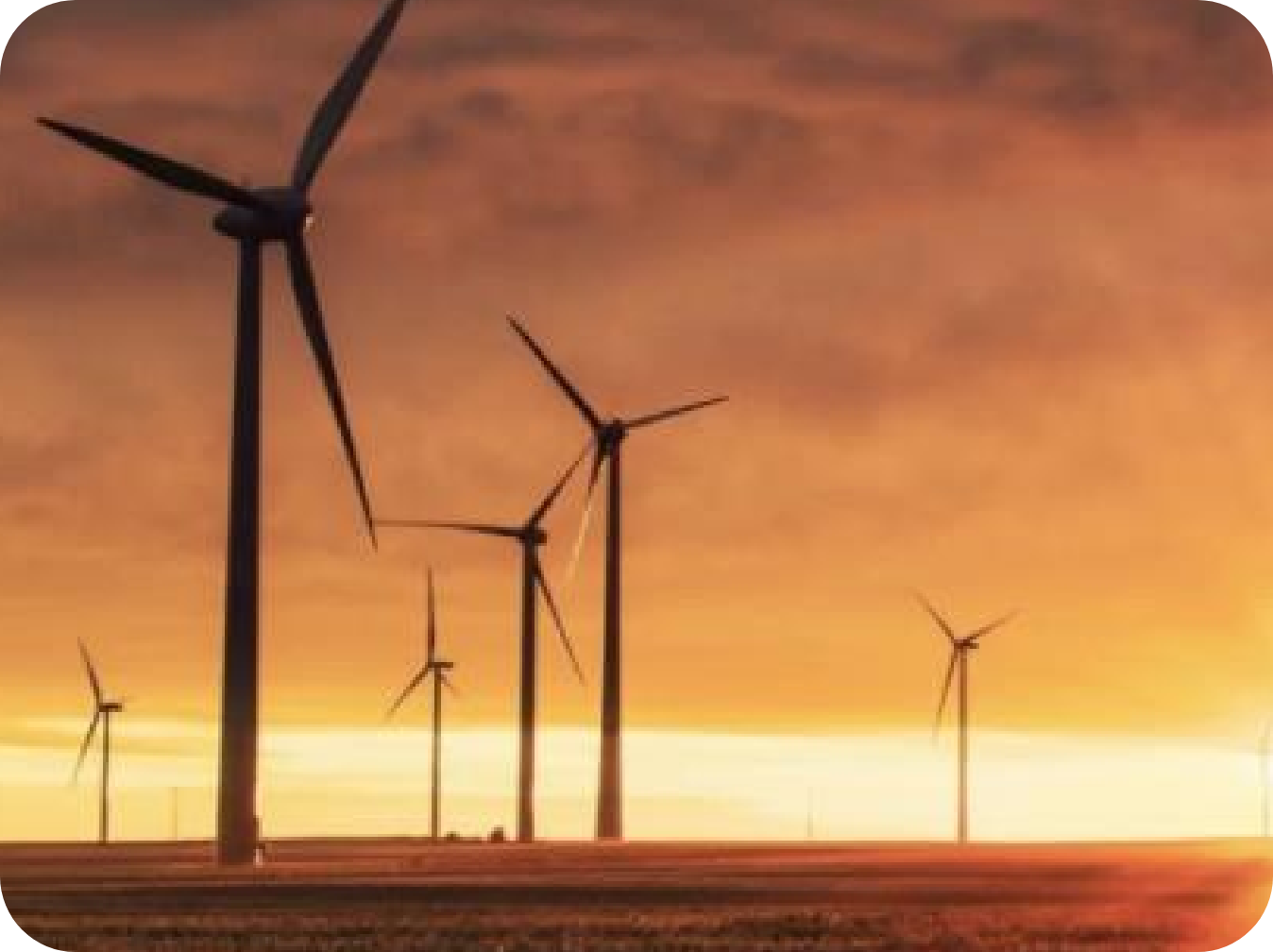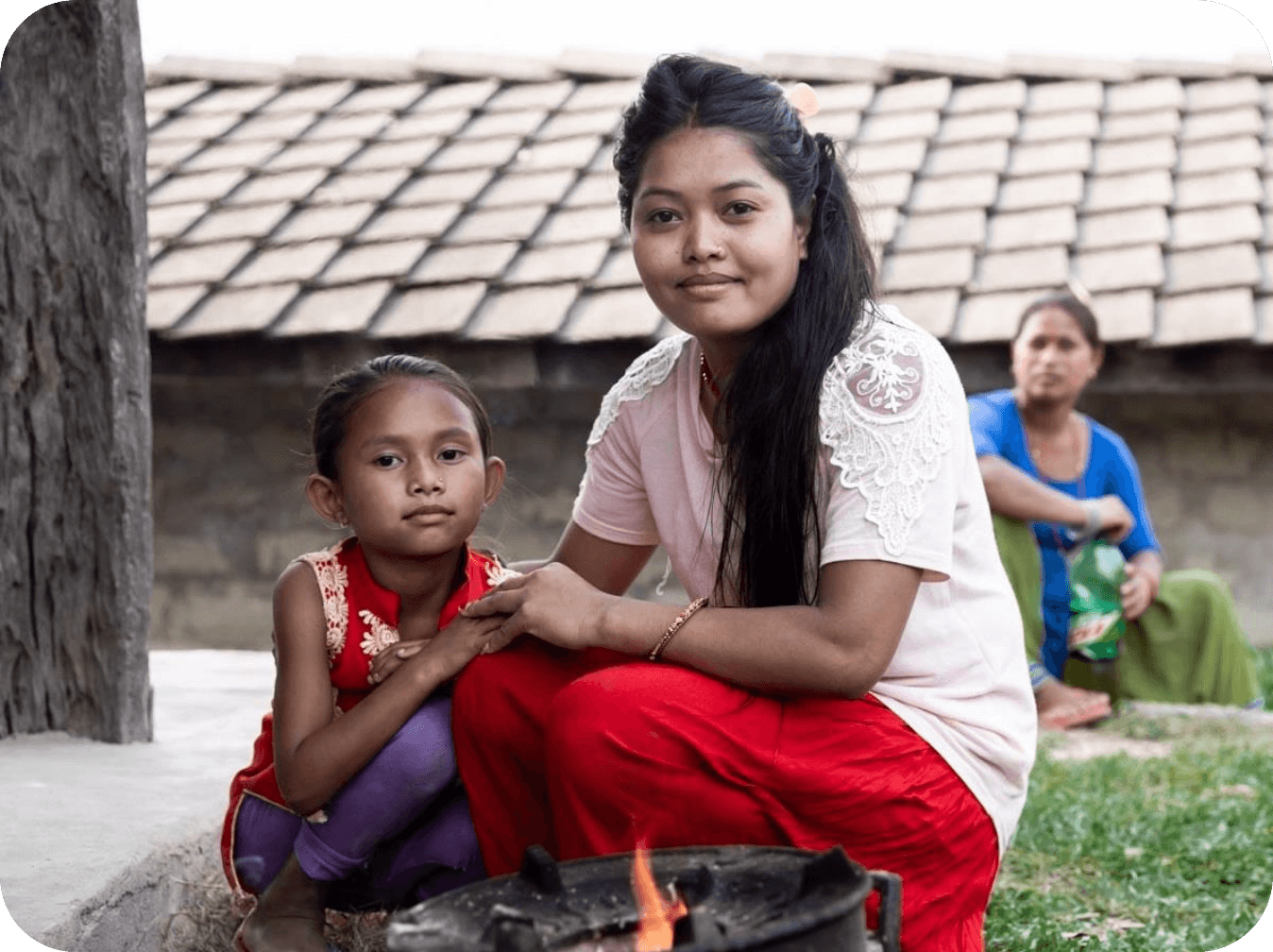of CO₂ emissions
About the same as 1,530 trees

of CO₂ emissions
About the same as
1,530 trees



Located in New South Wales and Queensland, this farming project works with landholders to regenerate and protect native vegetation The project helps improve marginal land, reduce salinity and erosion and provide income to farmers.
Widespread land clearing has significantly impacted local ecosystems. This degradation and loss of plant species threatens the food and habitat on which other native species rely. Clearing allows weeds and invasive animals to spread and affects greenhouse gas emissions.
The project areas harbour a number of indigenous plant species that provide important habitat and nutrients for native wildlife. By erecting fencing and actively managing invasive species, the project avoids emissions caused by clearing and achieves key environmental and biodiversity benefits.
Across India, wind farms introduce clean energy to the grid which would otherwise be generated by coal-fired power stations. Wind power is clean in two ways: it produces no emissions and also avoids the local air pollutants associated with fossil fuels. Electricity availability in the regions have been improved, reducing the occurrence of blackouts across the area.
The projects support national energy security and strengthen rural electrification coverage. In constructing the turbines new roads were built, improving accessibility for locals. The boost in local employment by people engaged as engineers, maintenance technicians, 24-hour on-site operators and security guards also boosts local economies and village services.


The largest programme of its kind, the Katingan Mentaya Project protects vital peatland in Central Kalimantan Indonesia from being destroyed. These wetlands store large amounts of carbon naturally, and by conserving them, we prevent carbon dioxide from being released to the environment.
This also secures vital habitat for five critically endangered species including the Bornean Orangutan, Proboscis Monkey and Southern Bornean Gibbon. In partnership with 34 local villages, the project also builds community capacity and sustainable development through employment and education. By fostering inclusive partnerships and a culture of sustainability in local communities, the project serves to reduce poverty, enhance the well-being of communities and eliminate drivers of deforestation.
In Nepal, the vast majority of the rural population cook using traditional fires, often located inside poorly ventilated kitchens with small windows.
This not only causes severe household air pollution and chronic respiratory, heart and eye disease but imposes a material health burden on women and children who are responsible for preparing meals.
These projects distribute efficient, clean burning cook stoves which reduce smoke pollution and the associated health risks while reducing carbon emissions. As they require less wood, the stoves reduce household expenditure on firewood as well as the amount of time women and children spend gathering it from local sources. This allows time for other activities and alleviates the threat of clearing on native forests.

Fuel Offset is a simple way to offset the carbon emissions from your fuel. Read through the FAQs below or contact us if you need further information.
Fuel Offset is a program that enables you to offset emissions produced from your fuel purchase and reduce your carbon footprint.
The first step is to register and nominate an offset percentage, which can range from 10% to 100%. Each time you buy fuel in the OTR App, you will pay the cost of your fuel along with the offset percentage for the end-use combustion emissions. These funds will be invested in certified offset projects that avoid or remove emissions from the atmosphere, such as reforestation, avoided deforestation, bioenergy, and renewable energy projects.
You will receive reports on your offsetting contribution.
Our App calculates the carbon emissions produced from your fuel purchase and gives you the option to offset a percentage of those emissions through various projects. Once you select your offset rate this will be applied for future fuel purchases until changed.
The emissions offset are calculated based on the fuel type and volume you purchase.
We use carbon accounting consultants to calculate the life-cycle carbon emissions associated with our unleaded petrol (ULP) and diesel fuels. Their calculations are then checked and verified by a third-party independent expert.
Life-cycle emissions are those emissions generated across the entire fuel value chain including:
– Customer end-use combustion of the fuel (these offset costs are covered by you), and
– Other fuel-related emissions such as resource extraction, refining, transport and retailing the fuel (these offset costs are covered by OTR).
For ULP: the total life-cycle emissions intensity factor we use is 2.93 kg CO2e / litre, which includes Customer fuel use emissions (2.32 kg CO2e / litre) and Other fuel-related emissions (0.61 kg CO2e / litre).
For Diesel: the total life-cycle emissions intensity factor we use is 3.41 kg CO2e / litre, which includes Customer fuel use emissions (2.72 kg CO2e / litre) and Other fuel-related emissions (0.69 kg CO2e / litre).
We support a variety of projects including reforestation, avoided deforestation, bio energy and renewable energy projects, all aimed at avoiding or removing carbon emissions.
You can easily set your desired offset percentage in the app’s settings. This percentage determines how much of your emissions will be offset and can be anything from 10% to 100%.
No. The program is optional.
You can choose not to contribute to the program by selecting ‘NOT NOW’ button on the onboarding flow. However, we might send you a reminder in the future.
No. However, the offset percentage selected in your account will be applied as the default for all the in-app fuel purchases. If you wish to make a change, please do so before starting your fuel purchase.
You can access it via Account Management —> Fuel Offset—> Settings
The Fuel Offset projects we are partnered with are detailed in the Fuel Offset section of the App. We will provide updates on the projects your offsets support and their impact on reducing carbon emissions.
You can access the projects details via Account Management —> Fuel Offset—> Settings and the offsets support and impact via Account Management —> Fuel Offset—> Dashboard.
The app provides a dashboard where you can monitor your offsetting progress and see the impact of your contributions.
Yes, we take privacy seriously. Your personal and payment information is encrypted and protected according to industry standards.
Our Privacy Policy can be found here.
Unfortunately, offset contributions are non-refundable once they have been made. Be sure to adjust your offset percentage as needed.
Congratulations! Your fuel will not be charged; however, you will be charged for the fuel offset amount.
We would love your feedback which you can give through the Get in Touch feature in the App.
You can send feedback via Account Management —> Get in Touch.